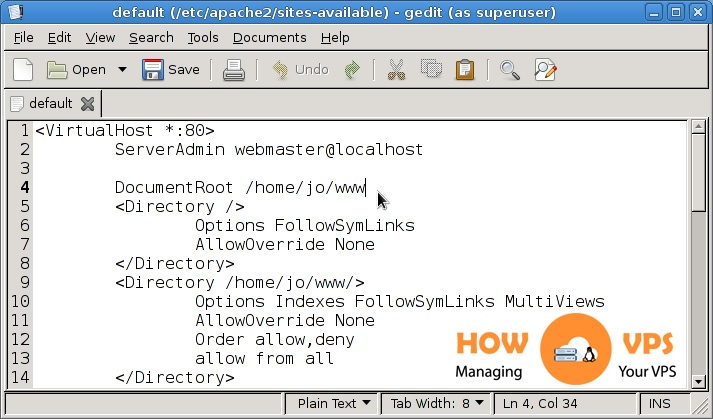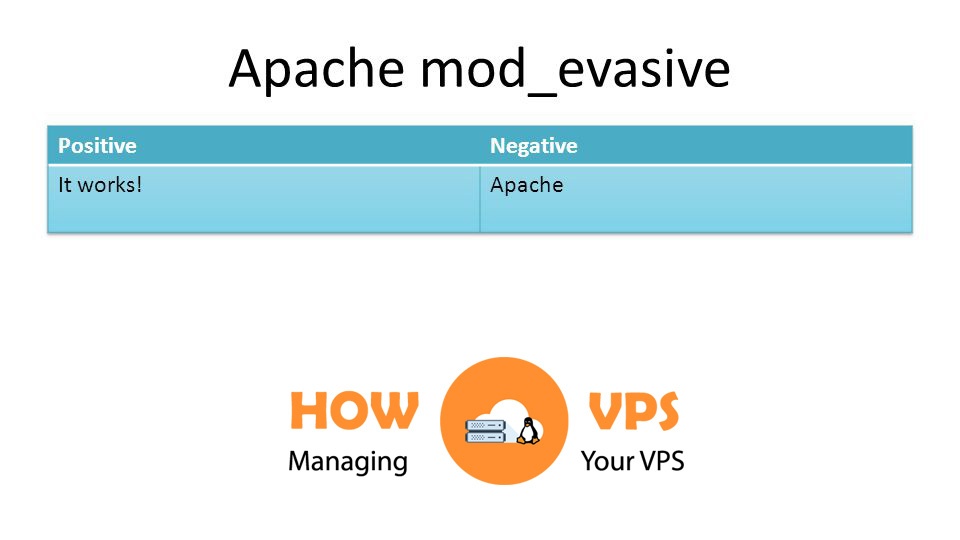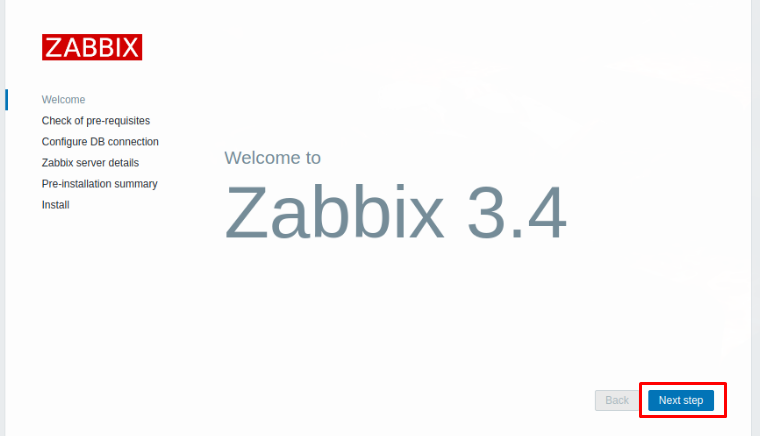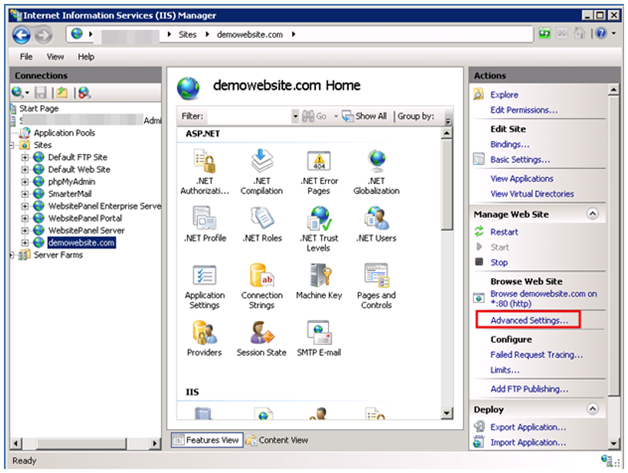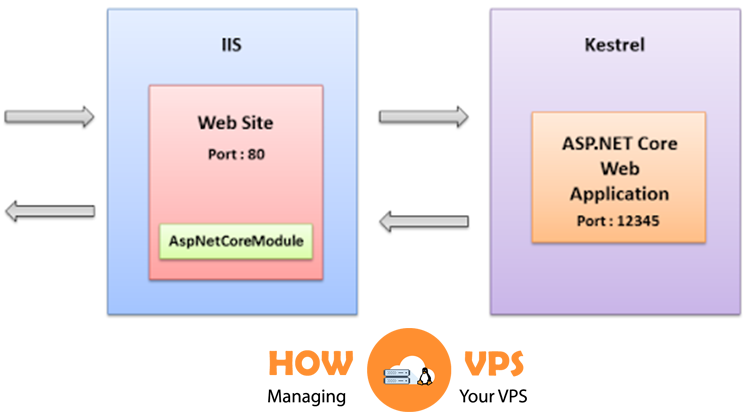
To transition smoothly to the Windows Server 2019, you should ensure you begin first by implementing native elements and after that the features of the data-center and finally, the management tools.
The time for IT professionals who are working in Microsoft establishments to begin plans of upgrading to the latest Operating System is now as the 2019 Windows Server’s release is imminent.
Just like any other popular release, a lot of time would be taken to understand the new developments and features. These new developments include the security made better and tighter, and also capabilities of the data-center which have been enhanced
The experimenters in the 2019 Windows Server’s Insider Preview have deployed so far major areas which include the features of the 2019 Windows Server, the components focused on the data center and the features of the native Windows Server.
Step 1: Focus on the Features of the Native Windows Server 2019
Having a focus on the features of the 2019 Native Windows Servers is the major means of approaching the upgrade like the Web servers which are always running the HyperV virtual host servers, the file-servers and also the Internet Information Server (IIS).
These above features depend totally on the Windows Server, not like the third-party applications which might need an extra few months to enable the writing of their upgrades to accept the 2019 Windows Server.
It is very easy to test IIS Web applications because most of the codes used are merely HTML, .Net or other Web app that runs on top of the IIS/Web platform.
To know if the Web application functions, an easy and quick way is to set up a 2019 Windows Server using IIS and after that, ensure a Web code uploaded into that server.
To upgrade from an old to a new, file-servers will be very good targets. Lots of times, data gigabytes and sometimes terabytes even are had by file-servers to be copied across. Talking about recent upgrades, it is file servers which might now have experienced that yet.
Most times in early-adopter surroundings, the ancient file-servers still makes use of the Windows Server 2008 and upgrading would be the best thing for them.
Some tools used in the migration of files tools like the Robocopy, or even the Windows Explorer windows’ drag-and-drop action can still store files and tree structures and at the same time save access permissions in the copying of contents from a server to another.
Note that after the content has been copied to the new server, you can rename those newly made servers with the name of the old one to reduce interrupting the user access.
Step 2: Implement Components Focused On The Data-centre
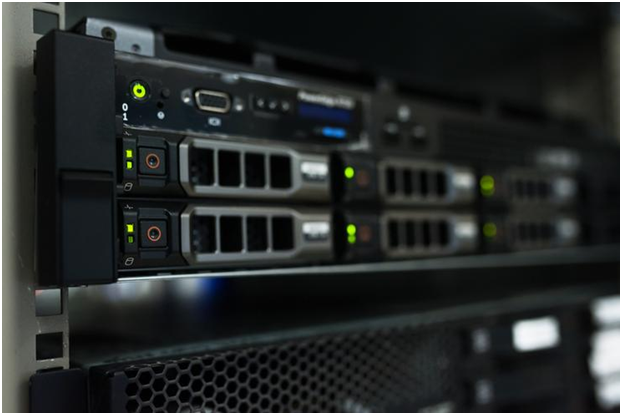
Another array of applications which might soon be deployed on include components focused on the data-center like the HyperV hosts which include configuration of more packed Hyper-Converged Infrastructure known also as the HCI.
A particular concurrent HyperV 2012R2 or 2016 cluster can have added to it, a HyperV host and also Virtual Machines (VMs) could be moved live or copied to the modern host from the old operating system host. VMs too can be moved into a modern operating-system-based hypervisor server.
Anyway, this is the precise point where lots of organizations utilize the chance to upgrade the architectures of their data-center by substituting major HyperV clusters and establishing clustered environments configured with HCI.
In truth, HCI is just HyperV cluster updated and made new which moves organizations from individual virtual server machines to a platform where VMs share disk, networking and processing functionality of the entire servers inside the HCI setup. This brings about a great improvement in redundancy, scalability, reliability, and performance.
After you have mastered some skills and obtained some knowledge about running HCI inside a test Insider Preview environment, then this newly made infrastructure can have workloads moved into it by both the mounting and copying already existing VMs to the recent HCI cluster.
If in this new environment, you encounter problems when trying to run the VM, then you can remount the former VM on the environment of either the existing or old HyperV. The former one would still be existing due to the fact that the VM had been copied.
Hence, this would be a great way of improving the HyperV environment to a significantly enhanced HCI environment and with the feeling of safety that you can always recline back into the former environment if there is any need for that.
Step 3: Switch to The new Windows Admin Centre
A new feature in the 2019 Windows that can be used easily is what is known as a Windows Admin Centre which was known formerly as Project Honolulu.
Though the Windows Admin Centre has been installed on a 2019 Windows Server, the systems on target can be either the Windows Server 2012R2 in its native form or the Windows Server 2016. There is no need for upgrades, add-ons or special software agents.
Lots of months used in planning, testing applications or waiting for when the service pack arrives so as to install the current 2019 server into the production environment is not required to migrate to the 2019 Windows Server.
IT Professionals can with a small risk embed the 2019 Windows Server into the organization by using components that do not depend solely on the operating system and begin receiving a wonderful experience of the OS.
Step 4: Plan Your Long Term Goals
As the easy stuff have been implemented, complex features of the 2019 Windows Server like the security which has been enhanced greatly and the integration of hybrid using Microsoft Azure can be looked to by organizations to the benefit of some specific workloads. Implementing workloads in need of protection with Shielded VMs are one of the capabilities.
Conclusion
With users ability to access the preview environment of Windows server 2019, Microsoft is launching an entirely fresh platform for data center operators offering them innovative features to manage hybrid cloud configurations and its very trendy Hyper-Converged Infrastructure (HCI) at the same time. There are many freshly introduced security features and support augmentations for windows containers and Linux in Windows Server 2019.
Nevertheless, it is expected to take awhile for clients to familiarize with this most recent release and for them to begin to practically implement and apply the newly introduced features. Things that may be readily implemented include Native Windows Server Feature, Data Center Capabilities, and New tools for Windows Admin Center Management.
Enterprises can go ahead and start installing and migrating to Windows Server 2019 to improve their security and be able to utilize hybrid processes which is proven to be very beneficial for cloud-based workloads.
Check out these top 3 Best web hosting services
0


